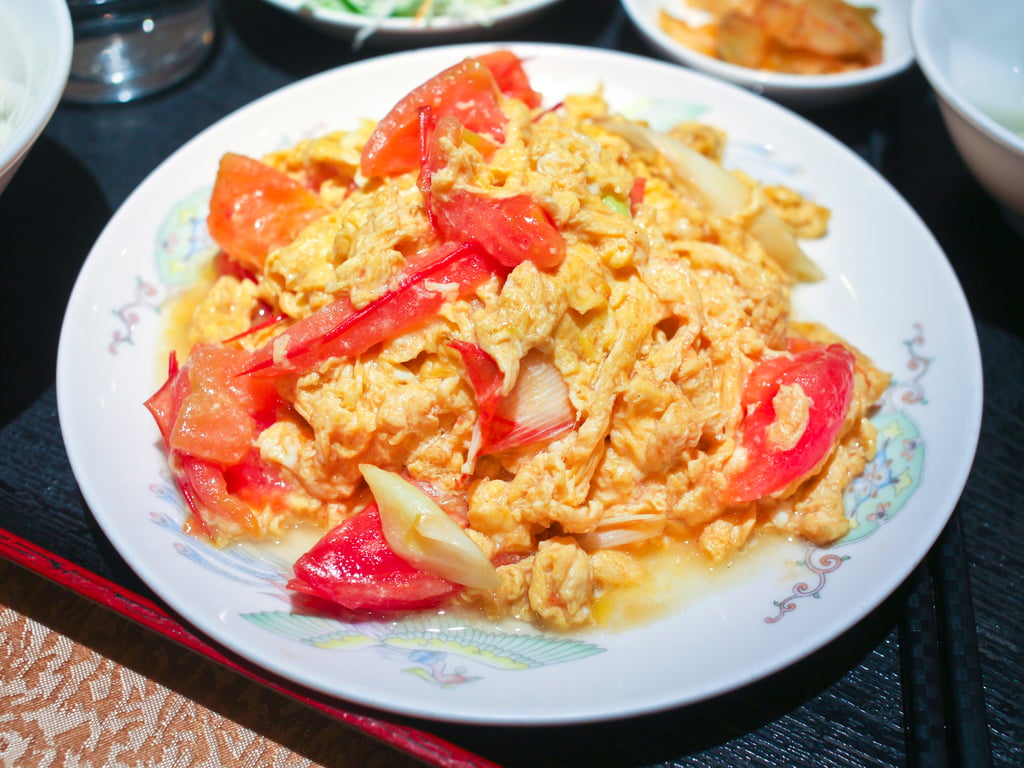How Chinese food culture influenced the world, giving us everything from ketchup to adobo
While Chinese cuisine has absorbed outside ingredients and techniques, many dishes around the world have drawn from it

The creation of a national cuisine is never straightforward, with ebbs and flows of cultural exchange that happen through migration, trade or wars.
China’s cuisine has, since the beginning of time, been influenced markedly by those of its neighbours, the Silk Road and maritime trade being just two of the many routes along which ingredients and flavourings moved.
It is a dish that many young Chinese people learn how to make early on, and which has a firm position in collective memory. “It’s sort of like a mac and cheese sort of comfort food dish,” food writer Jennifer 8 Lee once said.

Yet the tomato is a relatively new ingredient in China, brought from the Americas by Portuguese and Spanish traders in the 16th century; the fruit, dubbed fanqie or “foreign aubergine”, only began appearing in Chinese dishes in the late Qing dynasty.